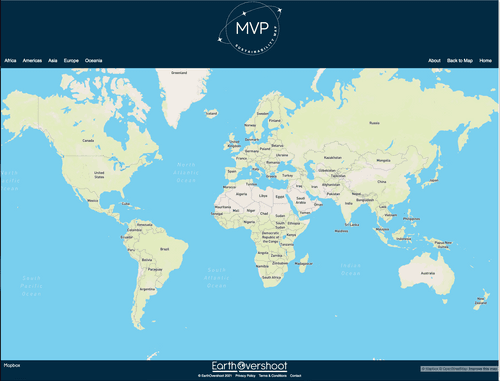
What is Sustainability?
sus·tain·a·bil·i·ty
noun
The ability for a species to survive in perpetuity without depleting the resources nor damaging the environment in which it inhabits.
I = P X A
Impact = Population x Affluence
Humanity’s impact (I) on the planet is equal to the number of People (P) multiplied by their Affluence (A). A person's and or nation's affluence (wealth) indicates how much resources - energy, materials, and technology they can potentially use which defines the level of their economic activity.
So how do we know if our global economic activity is sustainable or unsustainable?
There are a numerous scientific organizations that measure and assess our demand on nature like Natural Capital Project, Global Footprint Network, Millenium Ecosystem Assessment, and World Resources Institute to name a few.
According to one organization, Global Footprint Network, 8.3 Billion people are consuming far more resources than the earth can naturally renew and emitting far more wastes than it can absorb. They state we need the equivalent of over 1.7 Earths at our current level of economic activity to be sustainable.
Global Affluence (A), economic activity or consumption must largely be reduced by half if 8.3 billion people are to live sustainably and allow for the abundance and diversity of life to flourish.
So based on 8.3 billion people what do I need to do to live sustainably?
Land: is one way to measure or consumption. The average global citizen uses the equivalent of 7 acres of land (Americans 20 acres) for their resource needs. To live sustainably each of us need to reduce our consumption of goods and services where we use a maximum of 3 ½ acres.
Emissions: are another measure used to evaluate our consumption. The average global citizen emits 5 tons of CO2 a year (Americans 18-20 tons) from our lifestyle choices. We need to reduce our consumption of goods and services to 2.5 tons of CO2 per person a year to be sustainable.
Income or GDP: is a third way to measure or consumption. Annual Global Economic Activity (GDP) estimated by the World Bank in 2023 was approximately $106 Trillion Dollars. With a global population of 8.3 billion, the average global citizen consumed and produced goods and services of approximately $12,800 a year (Americans $83,000) . We need to reduce our consumption and production to a global average per person of $6400 to live sustainably.
So whether you measure by Land, Emissions or Income what does this sustainable lifestyle look like?

One-Room Apartment: 12'x12' in Size
- Minimal Plumbing
- Minimal Electricity (for a handful of small appliances)
- No Central Air, Heat or Hot Water
- No Clothes Washer, Dryer or Dishwasher
- Only a Few Sets of Clothes and Pairs of Shoes
- A Local Plant-Based Diet (No Meat or Fish)
- Basic Minimal Clinic Level Healthcare
- Never Driving in a Car
- Never Flying in a Airplane
Are you willing to live sustainably?
Currently 4 billion plus people live at or below this lifestyle, and they are fighting everyday to improve their lives as measured by their income and wealth, and the consumption of more goods and services. The estimated 4 billion living above this lifestyle have shown little interest in reducing their wealth and consumption habits to the degree necessary to live sustainably.
Which do you think is easier, more practical, feasible and effective? Getting billions of people in scores of different countries, from different cultures, political ideologies and economies to voluntarily and drastically reduce their material standards of living by as much as 50% to 90%, OR reduce the number of future consumers?
We must do both. For all our good intentions focusing only on reducing consumption, the previous 63 years of World Bank data shows the opposite results: Ever Increasing Growth. Our challenges are Consumption AND Population and the solutions must embrace both clean energy AND promoting small families, land conservation AND empowering women, fish catch limits AND educating girls, no till organic farming AND universal access to modern day contraception.


